Rare Rides: The 1990 Aston Martin Virage - End of Aston Independence

The Rare Rides series featured a vintage Aston Martin once before, when we took a look at the luxurious Lagonda sedan from 1984. Today we move forward in history a few years to see a luxurious, large coupe that’s more along the lines of what you’d expect from the Aston Martin brand.
It’s a Virage, from 1990.
The Virage occupied an interesting time in the history of Aston Martin with regard to both ownership and product offerings. Throughout the 1980s, the company continued producing the same vehicles it made since the middle Seventies. The aforementioned Lagonda debuted in 1974, and the V8 coupe (regular and DBS) had been available since 1969. The only other mainstream model the company offered was the V8 Vantage, which was new for 1977.
As the 1980s drew to a close, Aston Martin prepared a single new car to hold the banner for the brand. That car was the V8 Virage. Introduced for 1989, the Virage would end up the last model developed while Aston Martin was still under the ownership of Victor Gauntlett. Gauntlett was a wealthy petroleum executive who revived the Aston Martin brand in the early Eighties. Before that, Aston suffered through three different owners between 1970 and 1979.
When it debuted at the Birmingham Motor Show in 1988, Aston Martin pitched the Virage as its new flagship. More than that, it would be its everything for the first few years of production. From 1989 to 1992 the Virage was the only Aston Martin offering, joined by the higher performance (and identical looking) V8 Vantage in 1993, and the Ford-funded DB7 in 1994. By that time the company came under Ford’s corporate umbrella. The DB7 was in the works under Gauntlett’s ownership, but the cash required to develop an all-new model was more than he wanted to bear. Ford purchased a small stake in Aston in 1987, and Gauntlett stayed on as the chairman through 1991. That year, with DB7 development heating up, Ford took a controlling stake in Aston Martin. Gauntlett stepped aside for Walter Hayes, VP for Ford of Europe.
As one might imagine, the development of the Virage occurred on a bit of a budget. The chassis was a variant of the old Lagonda’s design. Keen eyes will recognize the tail lamps from a Volkswagen Scirocco and switches from European Fords. Powered by an aluminum 5.3-liter V8, 330 horsepower propelled the 3,946-pound coupe to 158 miles an hour. Finding 60 in 6.5 seconds even with an automatic transmission, it was a very quick car for the time. A five-speed manual was optional, and was selected about 40 percent of the time. The automatic in Virage examples before 1994 (like here) was the ever-popular three-speed TorqueFlite from Chrysler. Living on through 1995 (365 produced), the original Virage morphed slightly into the V8 Coupe that ran through 2000.
Today’s Rare Ride is located in the Netherlands, and asks about $96,700. Generally, for examples located in North America with low miles, asking prices are between $75,000 and $90,000.
[Images: seller]

Interested in lots of cars and their various historical contexts. Started writing articles for TTAC in late 2016, when my first posts were QOTDs. From there I started a few new series like Rare Rides, Buy/Drive/Burn, Abandoned History, and most recently Rare Rides Icons. Operating from a home base in Cincinnati, Ohio, a relative auto journalist dead zone. Many of my articles are prompted by something I'll see on social media that sparks my interest and causes me to research. Finding articles and information from the early days of the internet and beyond that covers the little details lost to time: trim packages, color and wheel choices, interior fabrics. Beyond those, I'm fascinated by automotive industry experiments, both failures and successes. Lately I've taken an interest in AI, and generating "what if" type images for car models long dead. Reincarnating a modern Toyota Paseo, Lincoln Mark IX, or Isuzu Trooper through a text prompt is fun. Fun to post them on Twitter too, and watch people overreact. To that end, the social media I use most is Twitter, @CoreyLewis86. I also contribute pieces for Forbes Wheels and Forbes Home.
More by Corey Lewis
Latest Car Reviews
Read moreLatest Product Reviews
Read moreRecent Comments
- Namesakeone Yes, for two reasons: The idea of a robot making decisions based on algorithms does not seem to be in anyone's best interest, and the thought of trucking companies salivating over using a computer to replace the salary of a human driver means a lot more people in the unemployment lines.
- Bd2 Powertrain reliability of Boxer engines is always questionable. I'll never understand why Subaru held onto them for so long. Smartstream is a solid engine platform as is the Veracruz 3.8L V6.
- SPPPP I suppose I am afraid of autonomous cars in a certain sense. I prefer to drive myself when I go places. If I ride as a passenger in another driver's car, I can see if that person looks alert and fit for purpose. If that person seems likely to crash, I can intervene, and attempt to bring them back to attention. If there is no human driver, there will probably be no warning signs of an impending crash.But this is less significant than the over-arching fear of humans using autonomous driving as a tool to disempower and devalue other humans. As each generation "can't be trusted" with more and more things, we seem to be turning more passive and infantile. I fear that it will weaken our society and make it more prone to exploitation from within, and/or conquest from the outside.
- JMII Based on the human drivers I encounter everyday I'll happily take my chances with a computer at the wheel.The highway driver assist system on my Santa Cruz is great, it can self drive perfectly in about 90% of situations. However that other 10% requires you to be in control and make decisions. I feel this is the problem with an AI driving a car, there are times when due to road construction, weather conditions or other drivers when only a human will know what to do.
- Hari Your route home sounds like the perfect stretch for a car like the Alfa Romeo Giulia. Its renowned handling and dynamic performance make it an ideal match for those curves. For enthusiasts or potential owners interested in understanding all the capabilities of the Giulia 2017, the owner’s manual is an invaluable resource. Check it out here: https://chatwithmanuals.com/automobiles/2017-alfa-romeo-giulia-owners-manual/. Our AI-powered chat makes navigating the manual simple, helping you quickly find specific details about the car's features and specs. Perfect for making the most out of those driving moments and truly understanding your vehicle!

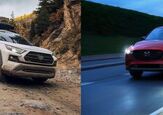
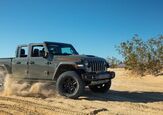
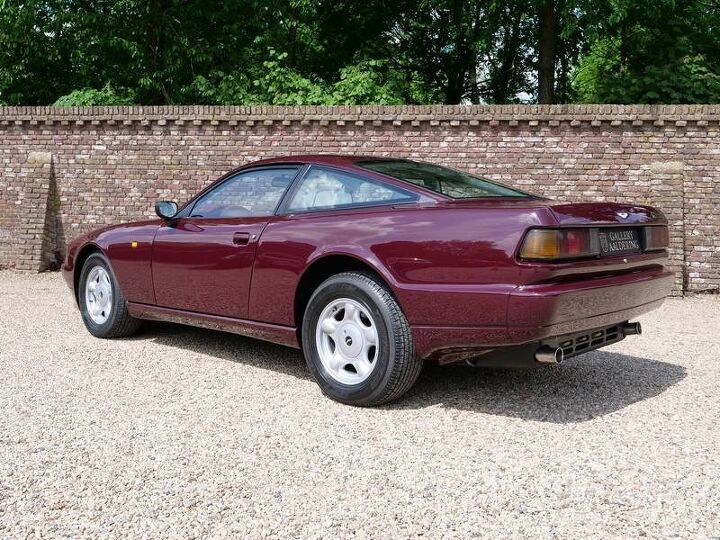

















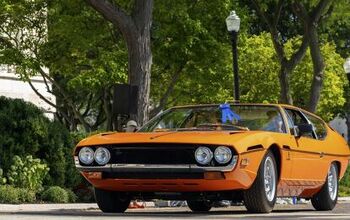
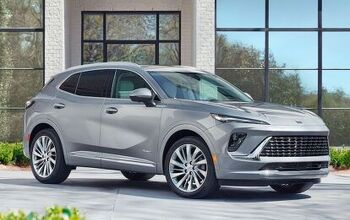
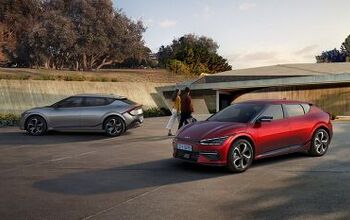
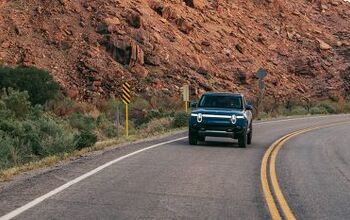
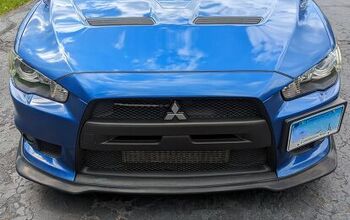

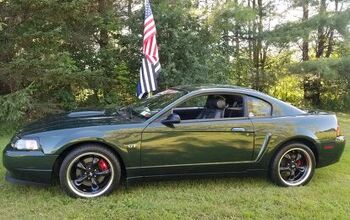

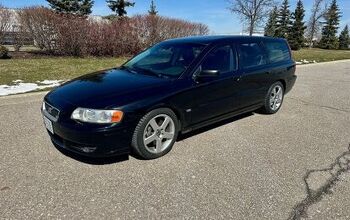
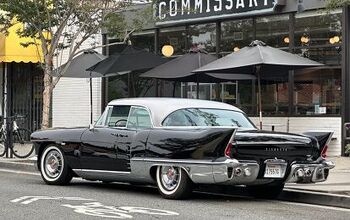
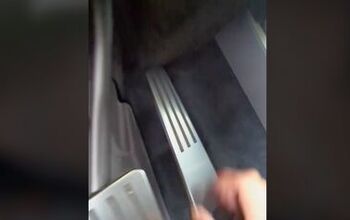
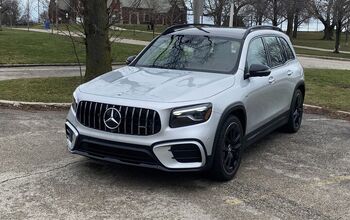
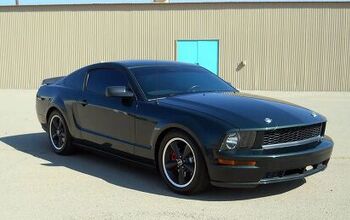

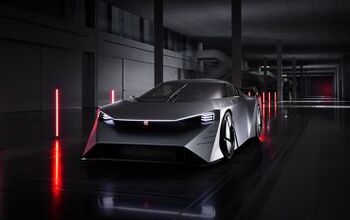
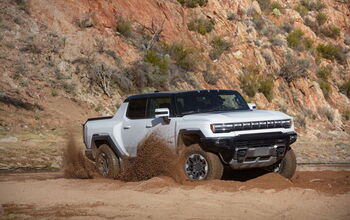
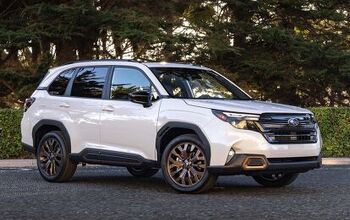
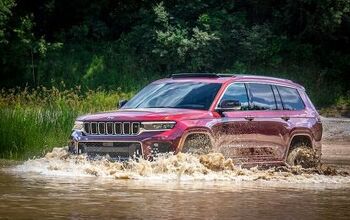
Comments
Join the conversation
The back of this thing looks like it was lifted with a taffy puller.
Minor correction; the tail-lights are from the VW Scirocco. The headlamps are from the Audi 200.